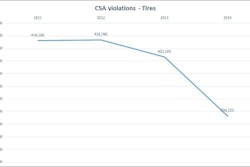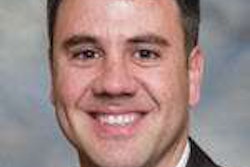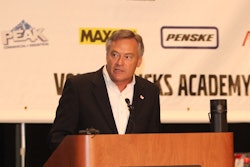Some of my thoughts following both HDAW and the recent Technology & Maintenance Council (TMC) annual meeting.
I guess it is OK to subtly cheer the recent relatively flat trend in the heavy-duty truck parts and service business. What is not OK is the idea that now ‘everything will return to normal.’
News flash! This is normal.
Coupled with the prospect of stagnant oil prices, bank tightening of small business terms, moribund construction and municipal fleet markets, unknowable health care costs and increased regulation, many in the parts and service businesses may be facing “The Shadow of the Great Recession.”
Have we succeeded in saving our way to a fortune?
Obviously, this is no time to ‘unbatten the hatches.’ As an industry, distribution has done a remarkable job of expense reduction, but cost cutting achievements invariably erode with time. Why?
My feeling is that reduction programs usually don’t address the real sources of costs. Successful distributors have convinced me that programs are simply too difficult to sustain once the wolf is no longer at the door. Often operations managers lack deep enough insight into ‘net’ operations, at the customer and SKU level, to set useful and reasonable cost targets.
Best practices can actually cloud managers’ vision
Many find comfort in easily attainable benchmarks (what other companies have accomplished) rather than analyzing the true corrosion of their specific net profitability.
Fire drill measures — such as across-the-board cuts that don’t differentiate between what adds value or destroys it — disintegrate morale.
We All Know… But Don’t Act
Listening to a number of really smart distributor guys at HDAW uncovered several great suggestions that will reveal your personal commitment and management consistency:
- Don’t let traditional accounting get in the way of cost control: Many manage cost reduction efforts by scrutinizing P&L statements. This can be a useful starting point absent other data. But P&L categories, such as overall SG&A numbers, don’t give the kind of per-unit, finely grained insights that help focus cuts. Functional managers can use data issues to divert attention from their own lack of progress. Identifying, measuring and controlling the most important drivers are more important than who gets the credit.
- Clearly articulate the link between cost management and strategy: Strategy must lead cost-cutting efforts, not vice versa. Meeting a random bottom-line target provides lousy motivation. Never set reduction targets so that each department or branch does “its fair share”—which starves high-performing units of the resources needed for valuable growth investments while generating only meager improvements at poorly performing units.
- Treat cost management as an ongoing exercise: Distributors tend to treat cost management as a one-off exercise driven by the need to manage short-term profits. Such hasty programs rarely result in sustainable changes in cost structure. The reason is that one-off exercises don’t require internal capability building, an organizational bias that needs to become a core competence. A better approach is to use the initial cost reduction program as an opportunity to build sensitivity toward cost management rather than toward mere cost reduction. Effective cost-management programs include plans to adjust for activity-level changes (up as well as down), competitive forces or supplier policies.
- Focus on how to cut, not just how much. Cost reduction programs often lose effectiveness over time because top management kicks off the effort with broad cost reduction targets, but then leaves decisions on how to meet those targets to individual line managers. The trick is to assign accountability at the right level. Most cost innovation happens at a very small and practical level. These informed cuts are more likely to endure because the people responsible for them can be held accountable through appropriate incentives. To keep your hard won cost cuts from eroding, change the way people think about costs. And excellent planning is not enough. As Cassius Clay so eloquently observed, “everyone has a plan, ‘til they get hit.” More important is the execution of the strategic and informed plan and management’s on-going commitment and follow-up.
Bill Wade is a partner at Wade & Partners and a heavy-duty aftermarket veteran. He is the author of Aftermarket Innovations. He can be reached at [email protected].









